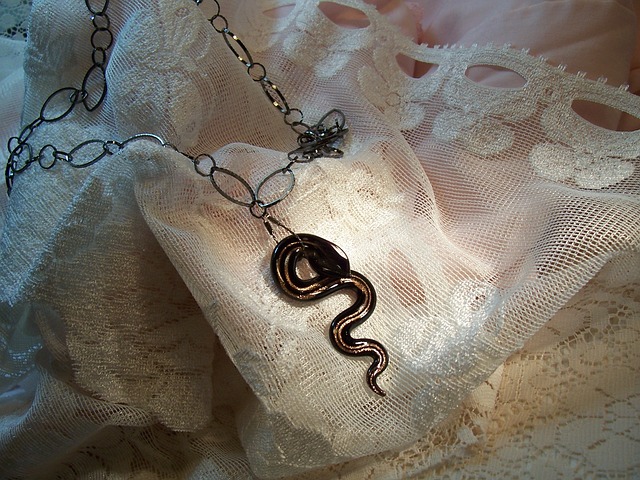Everything You Need to Know About the Blue Serpent Clock Egg
Hailed to be the pinnacle of innovation, the Blue Serpent Clock egg is purely a work of art. A stunning piece of craftsmanship and design, it is one of 52 created for the Russian Imperial family as Easter gifts.
Each egg in the series took around a year to complete, with this one, in particular, taking place in secrecy. Created around the 1800s, it is reminiscent of the design of the Duchess of Marlborough egg. The egg rediscovery happened in 2012 but wasn’t announced until March 2014.
The Origin of the Faberge egg
The current owner of the egg is Prince Albert I, located in Monte-Carlo, Monaco. It stands around seven and a half inches high, or about 18.5 centimeters. Some materials used to construct the egg are white enamel, diamonds, gold, and dark blue enamel.
It sits atop a gold base with white enamel painted on various sides and is coated with blue enamel and lined with gold and diamonds.
Circulating the egg is a rotating dial with a serpent covered in diamonds, indicating the current hour. Roman numerals occupy the rotating dial, their background being more white enamel. C-shaped handles connect to its top, arching up from the middle.
The three sides of its base contain two designs symbolizing science and war; the last includes a bucket of flowers. The designs possibly took influence from the Louis XVI clock.
Despite what many archives state, the egg does not contain any sapphires. The inventory documents confiscated by the imperial treasure of 1917 and others state otherwise.
Gold bands wrap around the exterior part of the egg. It is a beautiful representation of the quatre couleur (four-color) technique.
Who Created the Blue Serpent Clock Egg?
The creation of the egg is said to be under the supervision of Peter Carl Faberge. The designer, Michael Perkhin, constructed it in Faberge’s shop. Tsar Nicholas II, the future Emperor at the time, commissioned the egg for his mother, Empress Maria Fyodorovna.
They reportedly stored the egg in the Anichkov Palace until the 1917 Revolution. During the war, they transported the egg to the Armory Palace of the Kremlin in September of that same year.
Past Owners of the Egg
Once again, in 1922, they relocated the egg to the Sovnarkom, where they sold it to Michel Norman of the Australian Pearl Company. Sometime between 1922 and 1950, the egg changed hands again, this time bought by Emanuel Snowman of Wartski.
Wartski later sold the egg to Stavros Niarchos on Christmas Eve in 1972 for around $68,000. The authentic Fabergé egg was first reportedly made in 1887, but recent information proves its construction took place in 1895.
Where Can You Find the Blue Serpent Clock Egg Today?
The egg inspired the designs of others, including the Marlborough egg, the color of it being pink instead of blue. It is now part of a collection in Monte-Carlo, Monaco, of the last known owner of the egg, Prince Albert of II.
Moreover, the Blue Serpent Clock Egg was a gift to honor his father’s Silver Jubilee, the 25th anniversary of taking the throne. It became his mother’s most prized possession. She kept it hidden in her private study.
Upon her death in 1982, Prince Albert’s father, Prince Rainer, sealed it in her suite. He wanted to preserve the memory while keeping it from public view. Once Prince Albert inherited it, in 2008, exhibitions held at a local museum displayed the egg for all to see.
The original Fabergé egg is worth approximately $33 million, according to Wartski. It’s known to be worth a lot more than that due to the gold that lines its sides. It resides in Manoco.
Final Thoughts
In conclusion, the Blue Serpent Clock Egg is a beautiful piece of art admired by people all over the world. Its beauty and design are a testament to the skill and artistry of the Fabergé shop.
This egg is a reminder of a bygone era when craftsmanship and artistry were at their peak and when the jeweler’s art was a celebrated form of human ingenuity.
The Blue Serpent Clock Egg is a timeless work of craftsmanship that continues to inspire and captivate people for generations. You may not be able to purchase the real Fabergé egg, but if you visit the store page today, you can get your very own replica!
My name is Sasha, I’m a father of two. Work in the tech industry. For fun I am running a small business in addition to that, sometimes I write and edit content regarding topics that interest me like: entertainment, tech, finance and art.


Leave a Reply
You must be logged in to post a comment.